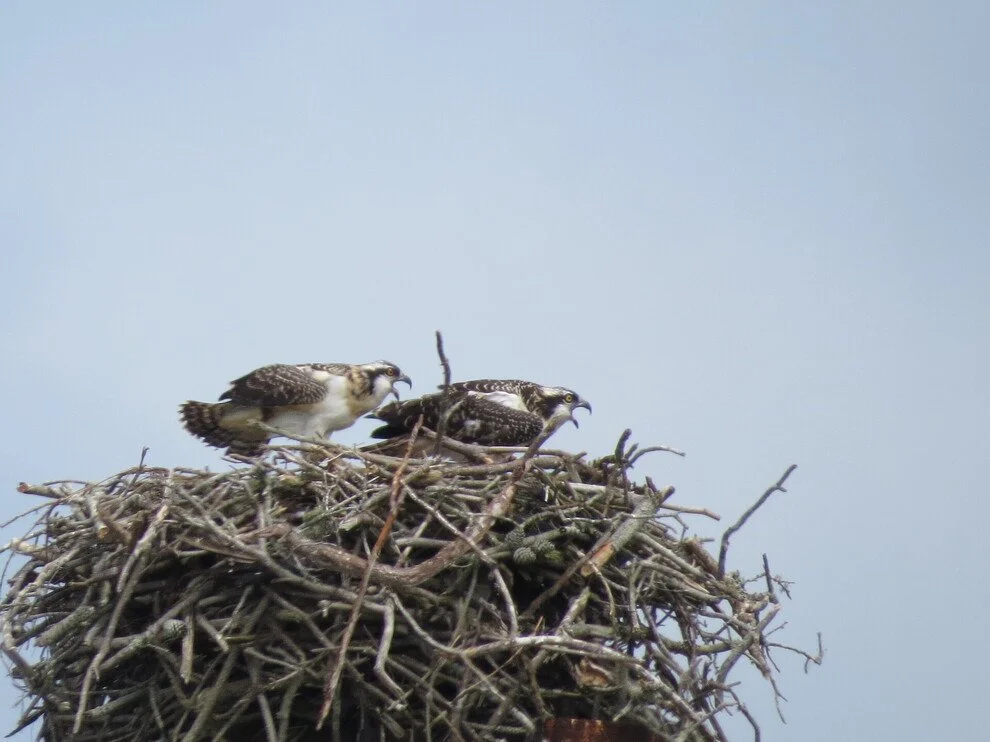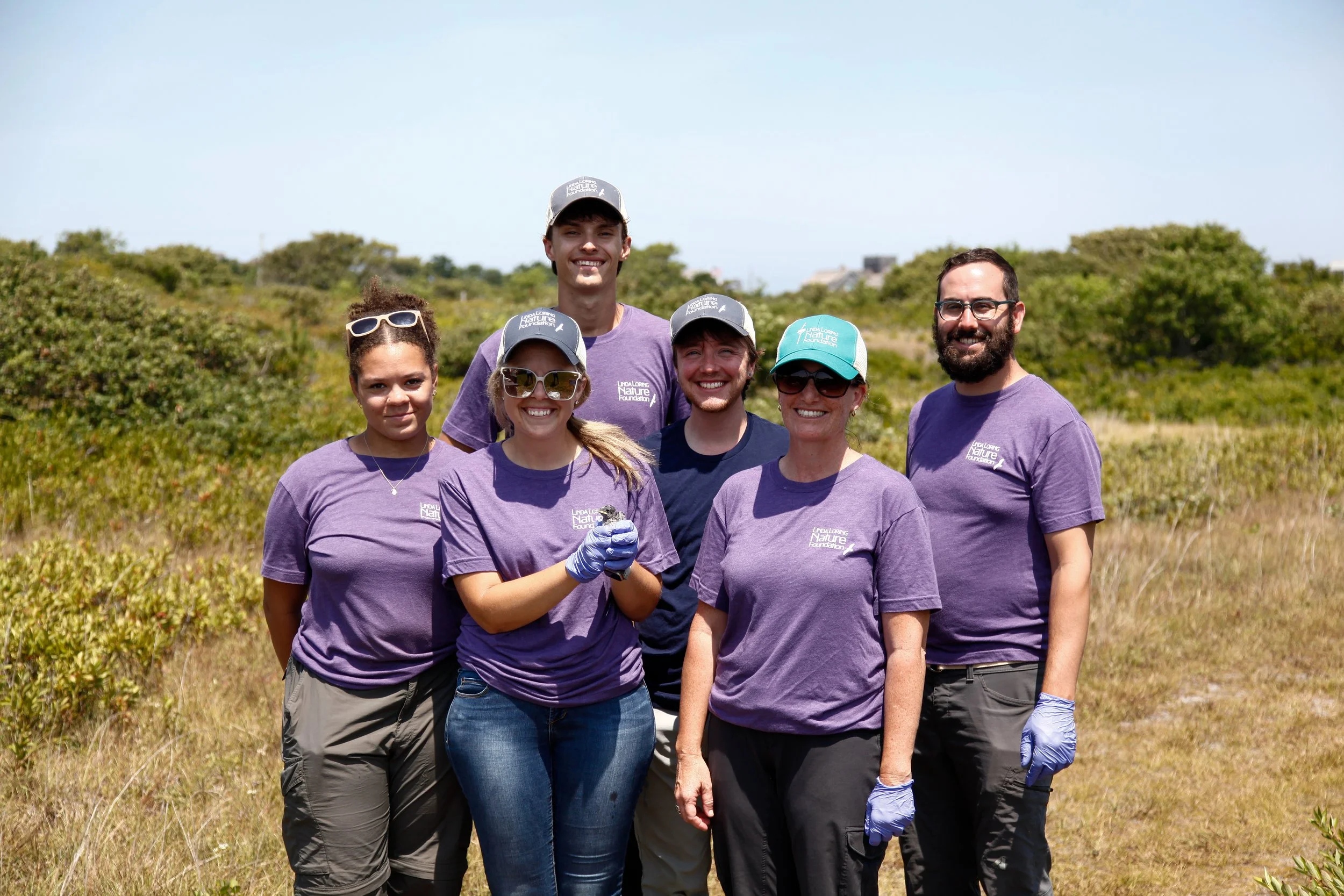
A Pine Time On Nantucket
My time on Nantucket began late spring in the pitch pine forest at Lost Farm and with the quiet solitude of shorebird monitoring before the busy season. During my free time, I took the chance to explore the different areas and habitats here. On an island that is less than 50 square miles, the diversity of habitat and resilience of plantlife and wildlife is truly amazing.

71st Nantucket Christmas Bird Count: 133 species And 61,455 Individual Birds
Snow, frozen ponds, and bitter cold did not stop Nantucket’s birding community. On December 28th, volunteers bundled up and went into the field for the 71st Nantucket Christmas Bird Count (CBC), as part of the National Audubon’s Society’s longest-running community science program. For the count, the island is divided into eight designated sections and the birders spread out across them, covering coastal habitats, woods, grassland, neighborhoods, and backyard feeders across the island to record all the birds within a 24-hour period.

Current Nature: Rain, Rain, Come To Stay - How We Measure Precipitation On Nantucket
Of all the places I’ve lived, Nantucket is one of the most attuned to daily weather and climatic patterns. It likely has something to do with the maritime past, but, even today the island’s food, mail, and ability to come and go as we please is dictated by weather - it’s full community awareness.

Current Nature: A Soaring First Year For The Nantucket Osprey Watch
As Nantucket’s Ospreys take to the skies and begin their journey south, we pause to reflect on what has been an incredible first season of the Nantucket Osprey Watch.

Current Nature: Black Tupelo Beauty
Attending The Ohio State University, I spent much of my undergraduate experience working in the hardwood forests that dominate the East Coast, walking under towering black cherry trees in a forest that would seem to continue forever. It was a memorable shock when I arrived at Nantucket and those same 60-foot-tall, thickly barked trees were here in a completely new form.

A Conservation Milestone Achieved at the Linda Loring Nature Foundation
In an exciting milestone for island conservation, Purple Martins, North America’s largest swallow species, are nesting on Nantucket for the first time ever. After years of strategic conservation efforts at the Linda Loring Nature Foundation (LLNF) led by Conservation Science and Land Steward, Libby Buck, these aerial insectivores have officially taken up residence, marking an unprecedented addition to the island’s breeding bird population.

Current Nature: One Island, Countless Species: Nantucket BioBlitz 2025
Is it possible to identify and collect data on thousands of animal and plant species across Nantucket? Are there even that many living organisms on the island? Where do they all exist?
Just a few hours participating in the Linda Loring Nature Foundation and The Nantucket Land and Water Council’s BioBlitz event at the Creeks, led by Dr. Sarah Bois (LLNF), enlightened me to the variety of living organisms that inhabit the island. This beach and salt marsh habitat held more diversity than I could have ever imagined!

Current Nature: Yellow Thistle, A Hotspot Of Biodiversity
Despite their unique adaptations, thistles are often misunderstood and underappreciated; cast off as spiky weeds that grow rampant and are impossible to maintain. Although we have several species of non-native thistle on Nantucket that may outcompete other plants, our native thistles species are massively important to our ecosystems and promote biodiversity.
